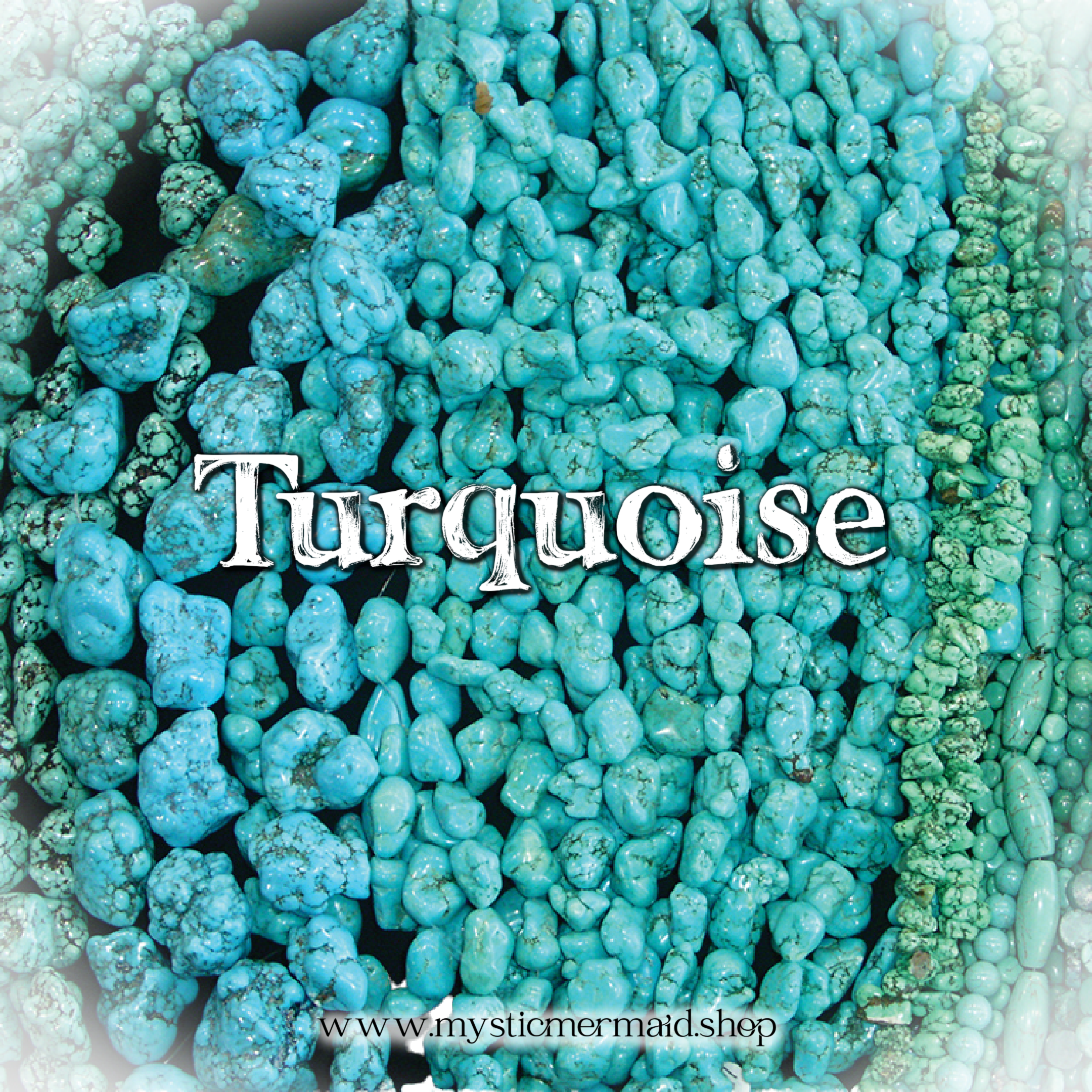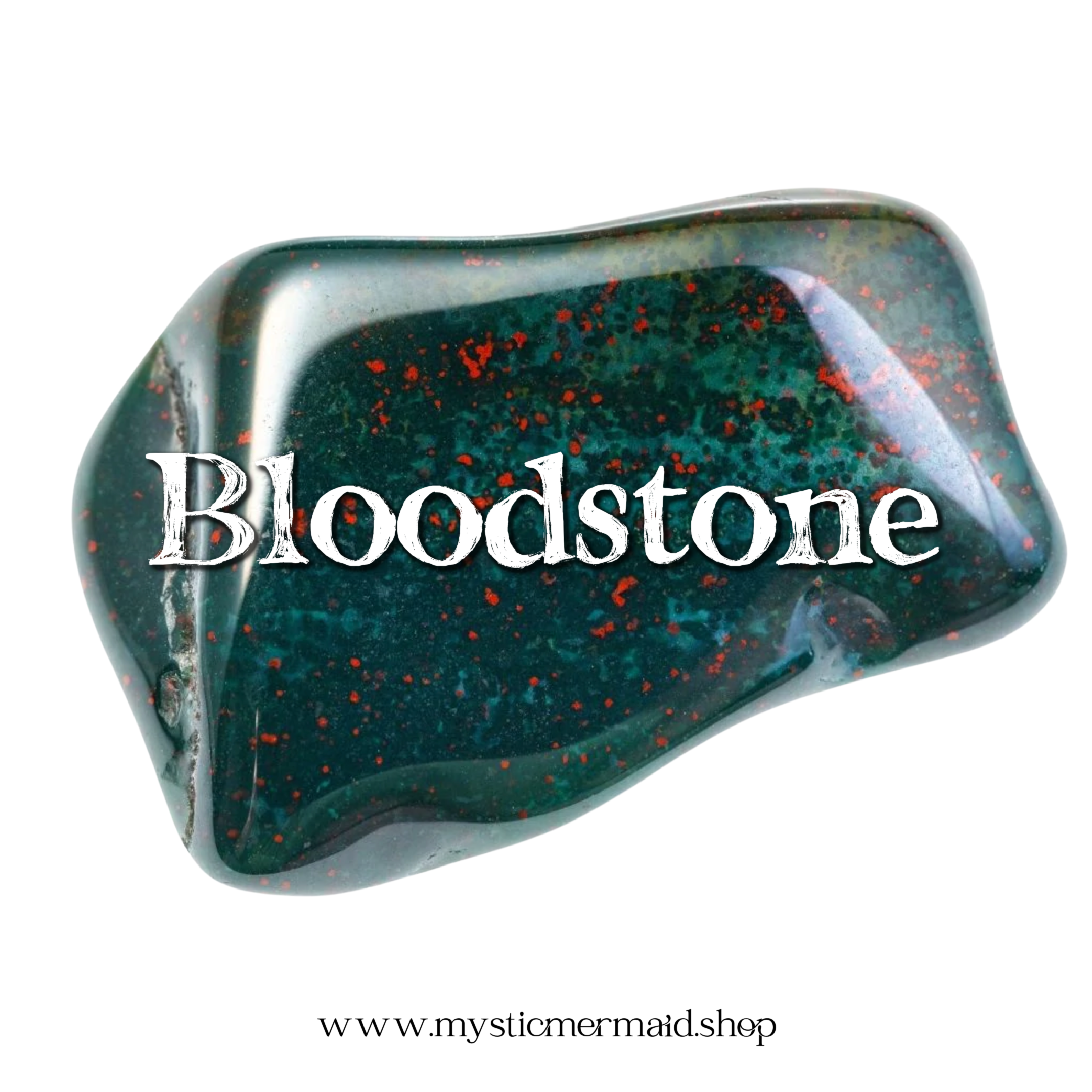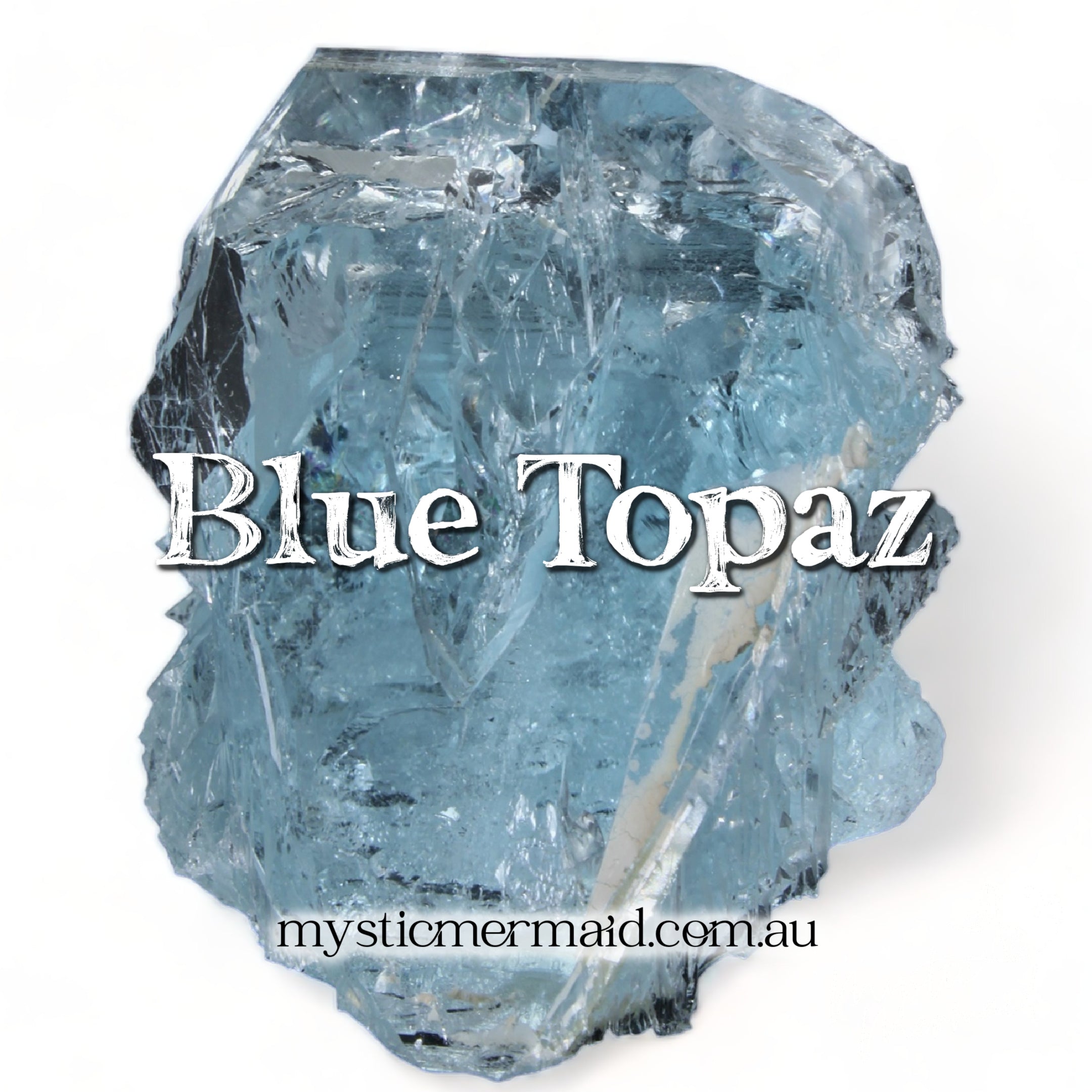Turquoise

The name Turquoise is derived from the4 French pierre turquoise, meaning "Turkish stone". This is because the trade routes through which Turquoise reached Europe from the mines in central Asia went through Turkey, and Venetian merchants often bought the stone in Turkish bazaars.
Turquoise may be the longest-used of all gemstones. Beads dating back to 5000 BC have been found in Iraq. The Egyptians were mining Turquoise in the Sinai in 3200 BC. Throughout history, Turquoise has been fashioned into jewellery and decorations for a host of objects, from weapons to amulets. Turquoise is the national gemstone of Iran, and it has been the most valued gem in Tibet for many centuries. About 1000 years ago, Native Americans began to mine and fashion Turquoise and the gem has been found in burial sites from Argentina to New Mexico. In current times, the best quality Turquoise stones come from Iran, Afghanistan, Australia, Tibet and the southwestern United States.
In both Hindu and Persian beliefs, seeing a Turquoise and the new moon at the same moment would lead to good fortune, protection from evil and/or an increase of wealth. The Navajos used Turquoise to bring needed rain by throwing a stone into a river while praying to the rain God. Apaches thought Turquoise could enhance the accuracy of their weapons and the Zuni believed it could protect them from demons.
Turquoise is not only a stone for finding wholeness and truth, it is also an aid in the communication and manifestation of those qualities. It stimulates and harmonises with the throat chakra, making it more effortless for one to articulate and bring forth one's deepest wisdom. Wearing Turquoise can empower those who are shy about sharing their understanding, and it can help one realise that, in speaking from the wholeness of our being, we each have something important to contribute to the collective.
Because it is a stone of wholeness, Turquoise is also beneficial to overall wellbeing and soundness of one's mood and emotions. It is balancing and induces a sense of serenity and peace. Holding or wearing Turquoise can help one restore depleted vitality and lift sagging spirits. This stone has the capacity to heal the emotional body, relieve stress and bring the focal point of awareness to its proper centre in the heart.
Turquoise teaches the wisdom of compassion and forgiveness and offers one the opportunity to experience the insight that enlightened selfishness is identical with kindness and generosity. What one wishes for oneself, at one's core, is happiness, love and freedom from limitation and fear. Through its heightening of emotional intelligence, Turquoise demonstrates that when one releases one's insistence on 'justice' and views others through the lens of compassion and forgiveness, one immediately receives these gifts through one's own heart. Thus the most generous gesture towards others also brings about what one most desires for oneself. Not only that - such actions are contagious and self-reinforcing! And Turquoise's gift of communication assists one in effectively sharing such insights with others.
Turquoise combines the Water, Wind,, Fire and Earth energies, thereby containing the power and unity of the Storm element. It enhances one's ability to perceive the disparate aspects of self and to integrate those aspects into a cohesive whole. As one moves along the spiritual path, it can sometimes be tempting to try to 'get rid of' the traits of self that do not appear to be entirely enlightened. Turquoise reminds one that all parts of the self reflect aspects of the Divine Source. It is only through embracing and integrating these aspects that we can truly become whole. One needs to embrace the full spectrum of frequency and learn from it so we can expand our ability to carry the full spectrum of Light within ourselves.
Turquoise represents the wisdom that comes from all of life's experiences. It is an ancient Grandfather ally, counselling one that all experiences are valid and that mistakes are simply another experience. Turquoise reminds us that wholeness can only come when we are willing to embrace the totality of who we are and what we have learned on our Earth walk.
Turquoise is a stone for self-forgiveness, self-acceptance and the release of useless regrets. It encourages one to honour oneself as a creation and a tool of the Divine.
Turquoise is said to help oxygenate the blood and increase the amount of prana in the physical body.
Affirmation: From my heart and my wholeness, I speak my truth with clarity, certainty and love.
This crystal metaphysical blog and information is provided for educational and informational purposes only and does not constitute providing medical advice or professional services.
Crystal Descriptions shown throughout Mystic Mermaid's website and social media pages and/or any linked materials should not be construed as health nor medical advice, nor is the information a substitute for professional expertise or treatment.
Trusted health information can be found through your local doctor or pharmacy and other reliable professional healthcare providers.




Comments